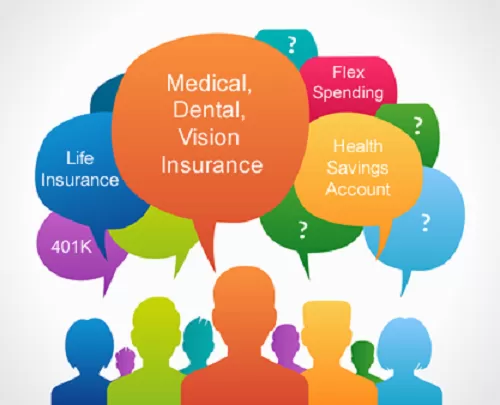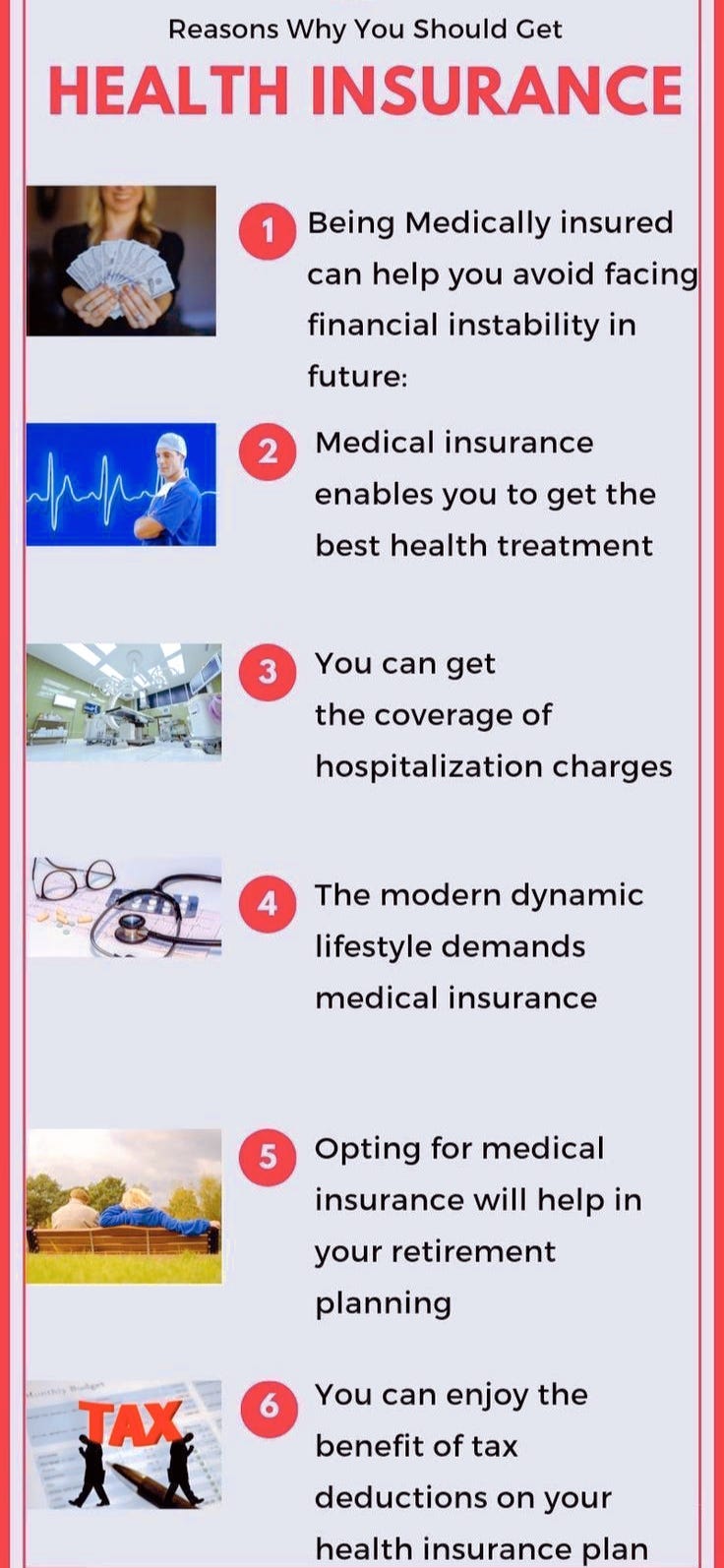The 8-Second Trick For Medicare Advantage Agent
Medicare Advantage Agent - The Facts
Table of ContentsHow Medicare Advantage Agent can Save You Time, Stress, and Money.Not known Details About Medicare Advantage Agent Medicare Advantage Agent - The Facts

adheres to from puzzling the fairly young age profile of the without insurance with the far better health and wellness, generally, of younger individuals. This obscures the web link in between health and wellness status and health and wellness insurance coverage. For those without accessibility to work environment health insurance policy, poor wellness is a possible obstacle to buying nongroup coverage due to the fact that such coverage may be extremely valued, exclude preexisting problems, or be just inaccessible. The variety of uninsured Americans is not particularly huge and has actually not transformed recently. 7 out of ten respondents in an across the country representative study assumed that less Americans did not have medical insurance than actually do(Fronstin, 1998). Roughly half(47 percent )believed that the variety of individuals without health insurance policy reduced or remained consistent over the latter fifty percent of the last decade(Blendon et al., 1999). This decrease of almost 2 million in the variety of individuals 'without insurance policy (a reduction
of around 4 percent)is certainly a favorable adjustment. With a softer economic situation in 2000 the most recent reported gains in insurance policy protection may not continue(Fronstin, 2001 ). The decrease in the variety of uninsured will not proceed if the economic situation remains slow and healthcare prices proceed to surpass rising cost of living. This is since the data were gathered for a period of solid economic efficiency. Of the estimated 42 million people who were without insurance, all yet about 420,000(concerning 1 percent)were under 65 years old, the age at which most Americans become eligible for Medicare; 32 million were adults in between ages 18 and 65, about 19 percent of all adults in this age group; and 10 million were kids under 18 years old, concerning 13.9 percent of all youngsters (Mills, 2000). These price quotes of the variety of persons uninsured are created from the annual March Supplement to the Existing Populace Survey (CPS), carried out by the Demographics Bureau. Unless or else noted, national quotes of people without medical insurance and proportions of the population with different kinds of insurance coverage are based upon the CPS, the most widely made use of source of price quotes of insurance protection and uninsurance prices. These studies and the price quotes they produce are defined briefly in Table B. 1 in Appendix B - Medicare Advantage Agent. These studies differ in dimension and sampling approaches, the questions that are asked concerning insurance coverage
Medicare Advantage Agent Can Be Fun For Everyone
coverage, and the moment duration over which insurance policy coverage or uninsurance is gauged(Lewis et al., 1998, Fronstin, 2000a ). Still, the CPS is especially helpful since it produces annual estimates reasonably rapidly, reporting the previous year's insurance policy coverage estimates each September, and because it is the basis for a constant collection of quotes for even more than twenty years, enabling analysis of trends in insurance coverage with time.
.png)
The smart Trick of Medicare Advantage Agent That Nobody is Discussing
Over a three-year period starting early in 1993, 72 million people, 29 percent best site of the united state population, lacked protection for at least one month. Within a single year(1994), 53 million people experienced at the very least a month without protection(Bennefield, 1998a). 6 out of every 10 uninsured grownups are themselves employed. Functioning does enhance the probability that one and one's family participants will certainly have insurance, it is not a warranty. Also members of households with two permanent wage income earners have nearly a one-in-ten chance of being without insurance (9.1 percent without insurance rate)(Hoffman and Pohl, 2000 ). The partnership between health insurance and accessibility to care is well established, as documented later on in this chapter. The relationship between health and wellness insurance website here and health and wellness outcomes is neither straight neither easy, a considerable professional and health solutions research study literary works web links health insurance policy coverage
to improved better accessibility care, better far betterHigh quality and improved enhanced individual population health statusCondition The second record, on personal health and wellness results for without insurance grownups, is represented by the innermost circle of the number, while the 3rd report, on household wellness, encompasses the subjects of the 2nd record however stresses a different unit of evaluation, namely, the family. The 6th report in the series will certainly offer details concerning approaches and campaigns undertaken locally, statewide, or country wide to deal with the absence of insurance coverage and its negative effects. Levels of evaluation for analyzing the results of uninsurance. This discussion of medical insurance coverage concentrates mainly on the U.S. population under age 65 because virtually all Americans 65 and older have Medicare or various other public protection.
It focuses particularly on those without any type of health and wellness insurance coverage for any type of size of time. The troubles encountered by the underinsured remain in some aspects similar to those faced by the uninsured, although they are generally much less extreme. Uninsurance and underinsurance, nevertheless, involve noticeably various plan problems, and the methods for resolving them might vary. Throughout this study and the five reports to adhere to, the main emphasis is on persons with no health insurance policy and hence no help in paying for healthcare past what is offered through charity and safety and security net institutions. Medical insurance is a powerful aspect influencing receipt of treatment since both people and physicians react to the out-of-pocket rate of services. Medical insurance, however, is neither necessary neither enough to access to medical services. The independent and straight impact of health and wellness
insurance insurance policy on access to health wellness solutions well establishedDeveloped Others will acquire the healthcare they need even without wellness insurance policy, by paying for it out of pocket or seeking it from carriers that use treatment cost-free or at extremely subsidized prices. For still others, medical insurance alone does not ensure invoice of treatment since of various other nonfinancial barriers, such Visit This Link as an absence of healthcare companies in their neighborhood, restricted accessibility to transport, illiteracy, or etymological and cultural differences. Formal study regarding without insurance populaces in the United States dates to the late 1920s and early 1930s when the Board on the Expense of Treatment produced a collection of reports regarding funding medical professional office visits and hospital stays. This problem came to be salient as the numbers of medically indigent climbed up during the Great Clinical depression. Empirical research studies consistently sustain the link in between access to care and boosted health end results(Bindman et al., 1995; Starfield, 1995 ). Having a routine source of care can be considered a forecaster of access, instead of a straight procedure of it, when health outcomes are themselves made use of as accessibility indicators. This expansion of the concept of access dimension was made by the IOM Board on Checking Gain Access To to Personal Health Treatment Solutions(Millman, 1993, p. Whether moms and dads are insured shows up to influence whether their youngsters obtain care in addition to just how much careeven if the kids themselves have protection(Hanson, 1998). The health and wellness of moms and dads can influence their capability to care for their youngsters and the level of family anxiety. Bothering with their kids's access to care is itself a resource of tension for moms and dads. Three phases adhere to in this record. Chapter 2 gives a review of just how employment-based medical insurance, public programs and individual insurance plan operate and interact to give substantial but insufficient insurance coverage of the U.S. populace. This includes a review of historic trends and public laws impacting both public and personal insurance coverage, a discussion of the interactions amongst the various kinds of insurance policy, and an evaluation of why people move from one program to one more or finish up
